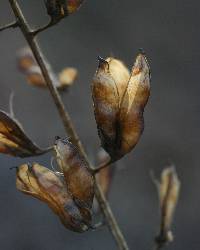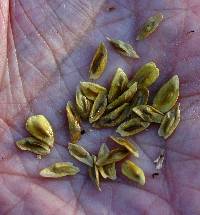|
Veratrum woodii
 No occurrences found (redirected from: Melanthium woodii (J.W.Robbins ex Alph.Wood) Bodkin) |
|
|
Family: Melanthiaceae
Wood's bunchflower
[Melanthium woodii (J.W.Robbins ex Alph.Wood) Bodkin, more] |
|



